Originally published on Our Paleo Life in April of 2017, I’ve since moved this post here! These pictures are all from our garden at our previous property. We’ll update this post when we’re set here at our homestead at Buckhorn Cliffs.
Growing your own vegetables is an incredibly rewarding experience that also pays you back with fresh food! But to get the best results and to reduce frustration, you should know how to garden for your location. Whether you’re a beginner gardener or just new to gardening in Colorado, this guide will help you get the most from your efforts.
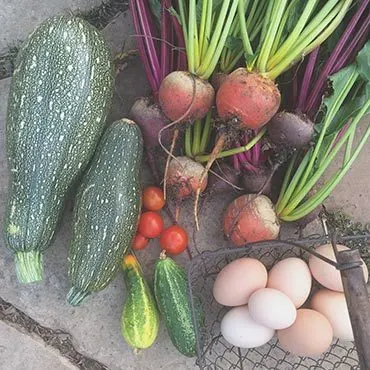
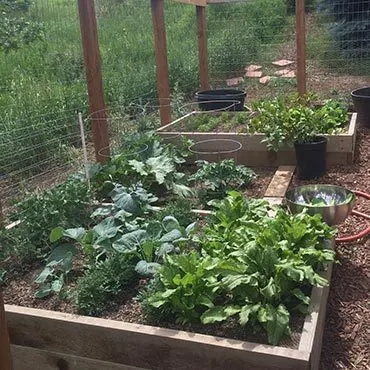
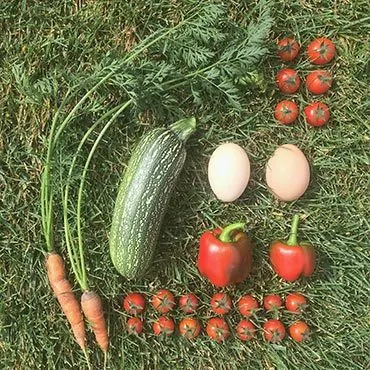
How to Get Started with Your Colorado Garden
Understand Your Colorado Growing Season
The local climate and how it affects the growing season is one of the main things to keep in mind when planning a Colorado garden. The state includes a variety of microclimates and 9 different “growing zones,” which means certain plants may grow well in some parts of the state and not in others.
While there are differences, most of Colorado has a shorter growing season as compared to warmer, lower altitude areas. The average elevation across the state is 6,800 feet above sea level, and for every 1000 feet gained, the temperature drops around 3.5 degrees. Gardeners at lower elevations get the benefit of a warmer, longer growing season and will be able to grow more types of vegetables. There are exceptions though, such as in valleys, which are often chillier than hillside locations due to the sinking of cool night air.
With all that in mind, it’s important to know where your garden falls on the Plant Hardiness Zone Map, and in general, you will have the most success if you grow plants that are labeled as growing well in your particular zone.
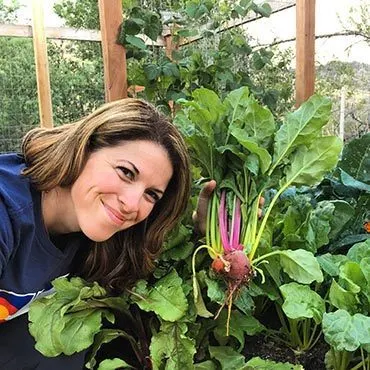
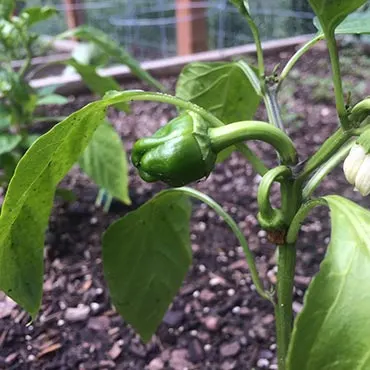
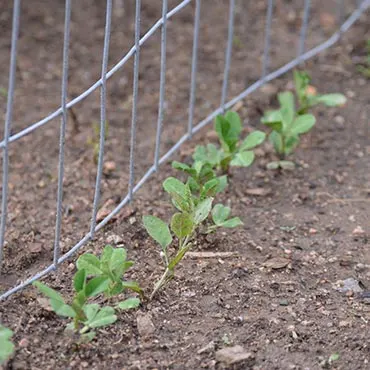
Be Aware of the Weather
Once you have an idea of your climate and growing zone, you should also recognize that Colorado weather presents a unique set of challenges that you’ll have to contend with if you want your garden to thrive. Gardening in a high altitude, mountainous region means you’ll be dealing with relatively low humidity, high intensity sunlight, and sometimes rapid and extreme weather changes. For example, even Denver, which is known for hot summer days, can still experience cool spells within the growing season that may disrupt plant development. In addition, conditions can range from being very dry to extremely wet, and hail storms near the end of summer can destroy plants just as they’re nearing the harvest date.
When growing in this region, you should stay vigilant about checking the weather and protect plants accordingly. It can be very worthwhile to invest in things like row covers, hoop tunnels, shade cloth, and wind breaks, as they can help protect your plants against extreme or rapidly changing weather.
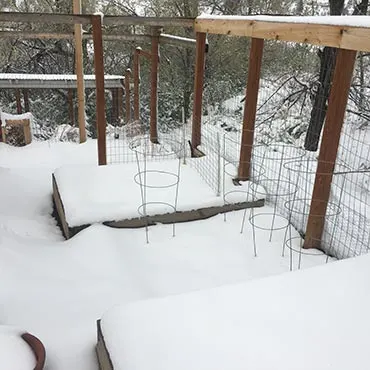
Late April Snowfall
Late snow in Colorado is all too common. While it’s annoying it can be expected. It’s hard to not get antsy when we have 80 degree days in March and April. Don’t push the start date, it’s not worth it and you’ll have plenty of time in the fall to harvest.
Late May Snowfall
Most of the pictures here are from our old home, we now live a little further west (in the mountains at a slightly higher elevation). Here’s a look at a late May snow.
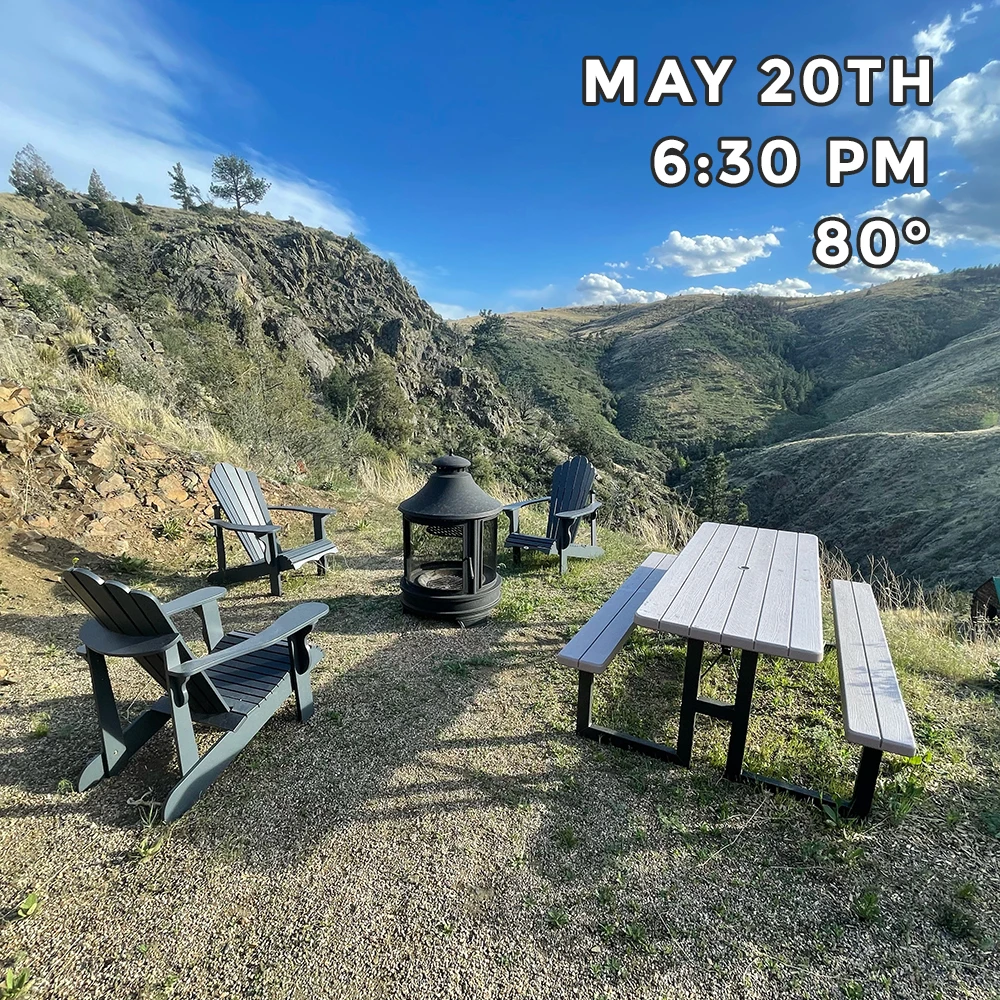
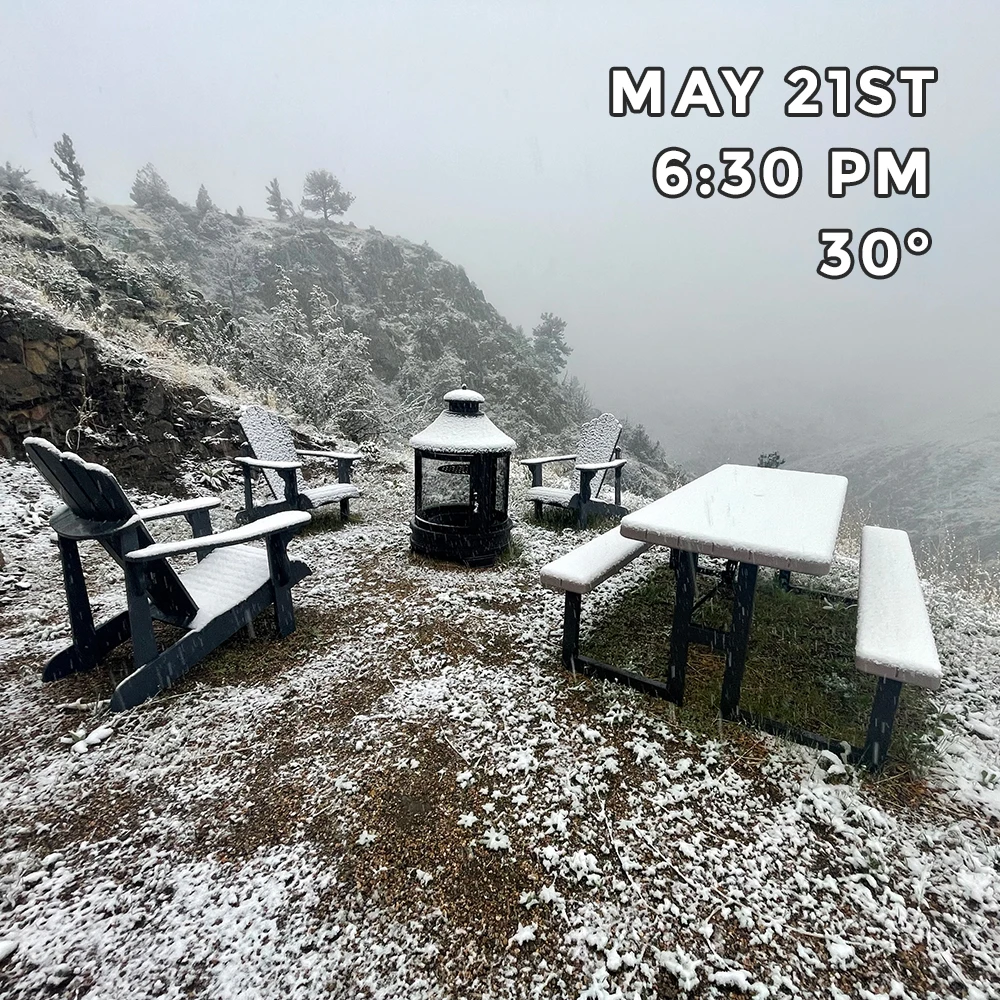
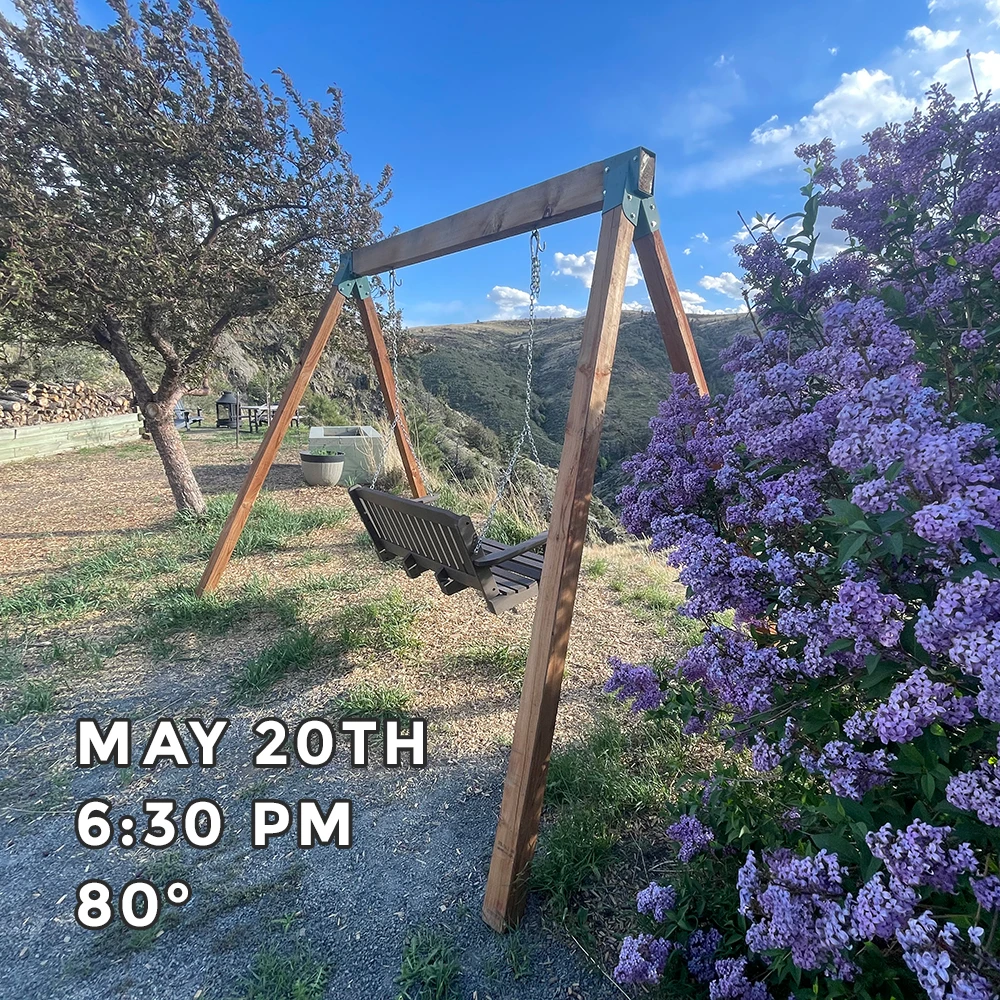
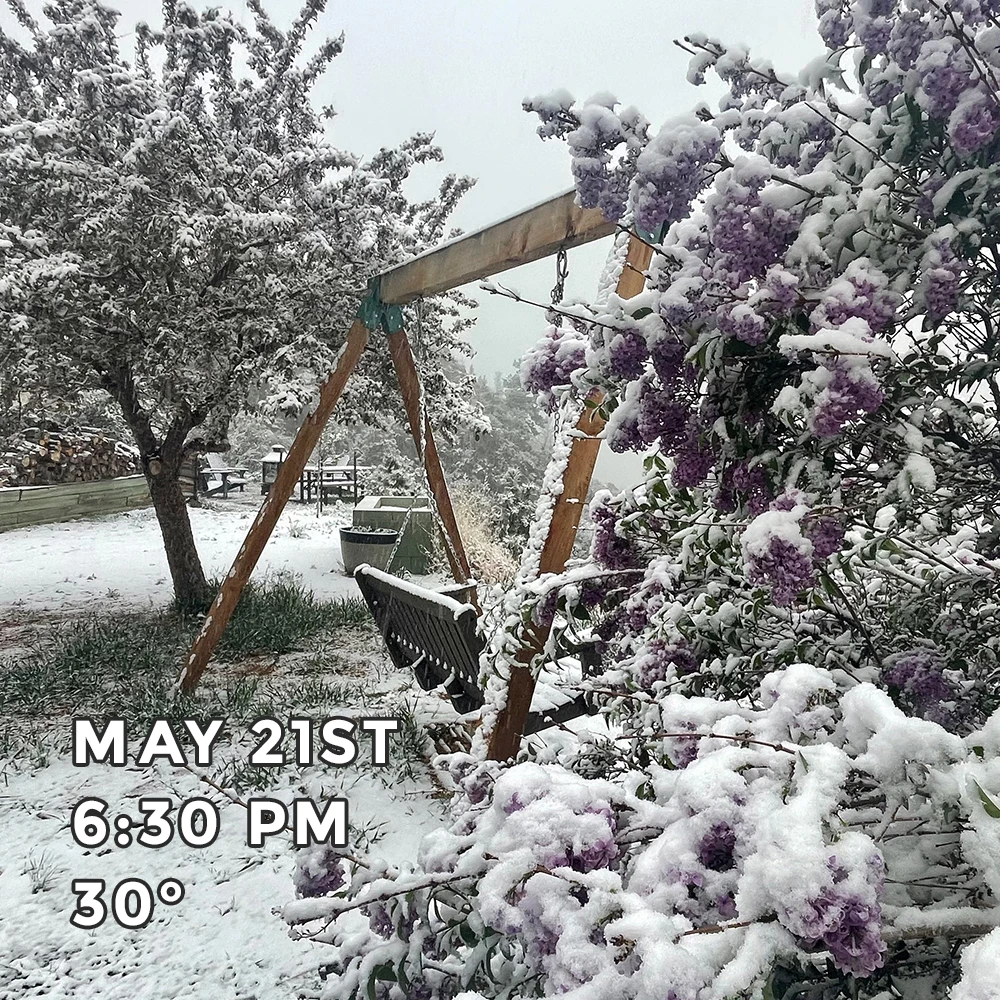
Even if the weather is nice in May… it’s a gamble planting at high elevation.
Decide What Plants to Grow
Once you’ve pinpointed your growing season and understand how the local weather may influence things, you’ll have a more realistic idea of what plants you can grow successfully in your area. With that in mind, make a list of all the vegetables you’d like to grow for the particular season, taking into account the space you’ll have in the garden. If you’re starting in the early spring, you can grow some cool-weather plants in the beginning of the season and put out some warm-weather veggies shortly after.
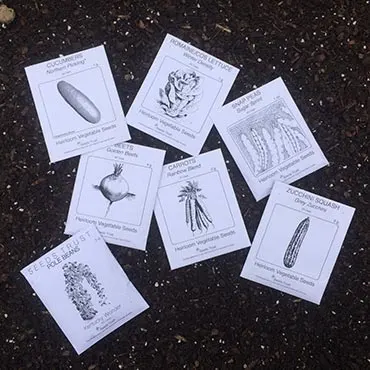
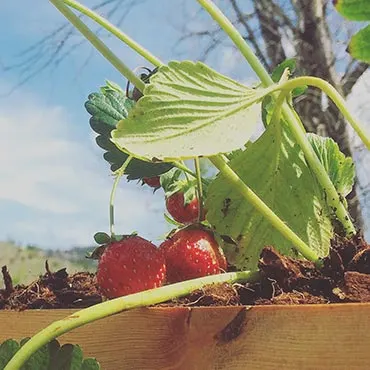
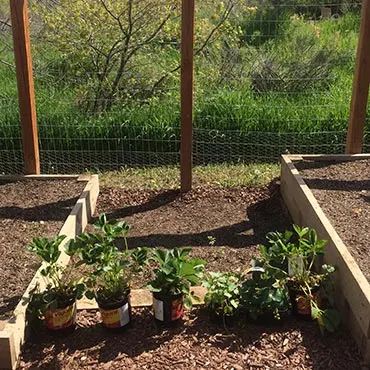
About 80% of the plants you see in this garden were grown using seeds from SeedsTrust. They specialize in seeds that are cold-tolerant, short-season varieties, perfect for our high-altitude Colorado garden. And not only that, but they offer heirloom seeds and information on seed saving so you can preserve your favorite garden varieties year after year. We had amazing success with our SeedsTrust Rainbow Blend Carrots (as you can see from the photo below).
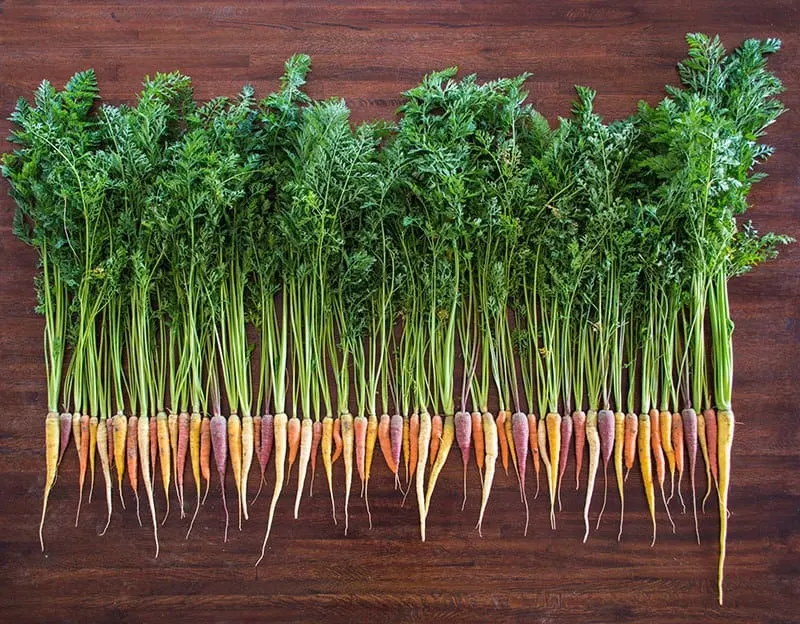
Below are some of the most popular cool and warm-season crops that can grow well in Colorado.
Cool-Season Crops in Colorado
- Turnips
- Beets
- Kale
- Spinach
- Lettuce
- Peas
- Carrots
- Radishes
- Chard
- Cabbage
- Parsnips
- Cauliflower
- Broccoli
- Leeks
- Brussels sprouts
- Potatoes
- Onions
- Parsley
Warm Season Crops in Colorado
- Tomatoes
- Peppers
- Eggplant
- Beans
- Cucumbers
- Corn
- Squash
- Melons
- Eggplant
Prepare a Garden Site
You should begin preparing your garden well before it’s actually time to start growing vegetables. If starting a new Colorado garden, preparation involves choosing a suitable location, designing the layout, and preparing the soil. If you’re a beginner gardener, it’s important to not get over your head in the size or scope of your garden, as this will only lead to frustration. Start with a few plants that you can easily handle, so you can get an idea of what you’re capable of managing and how things grow in your area.
In our location in the foothills (6,000ft) we have a lot of deer. A regular garden wouldn’t cut it, we needed “walls”. Here’s a look at our building process for a deer-proof garden.
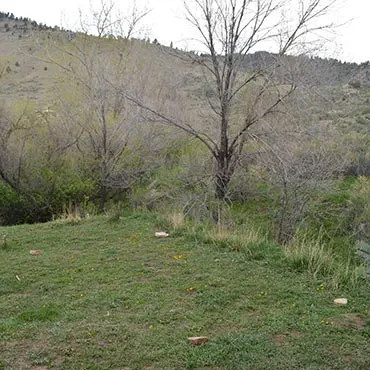
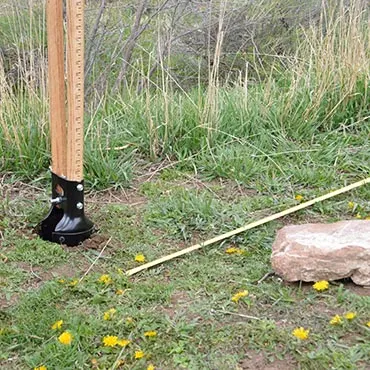
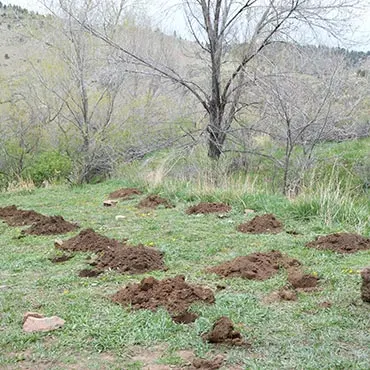
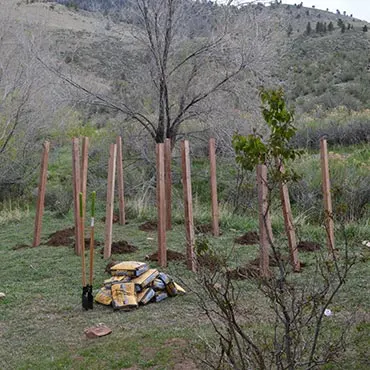
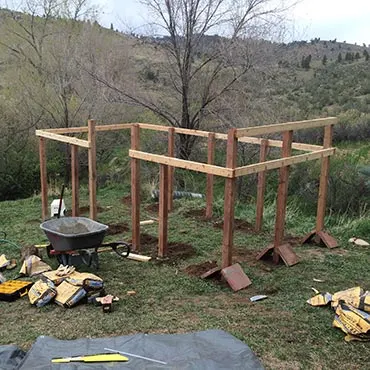
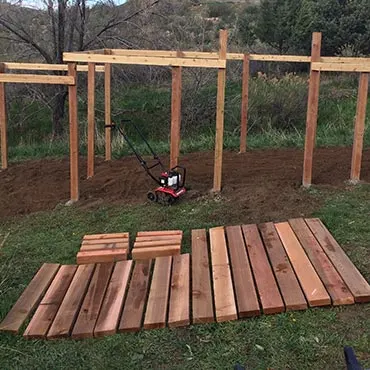
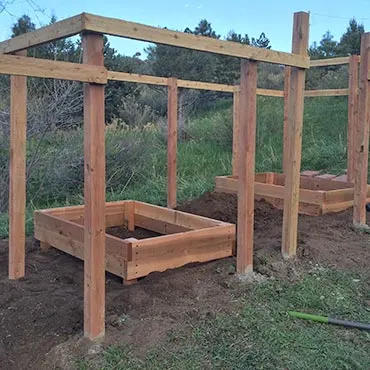
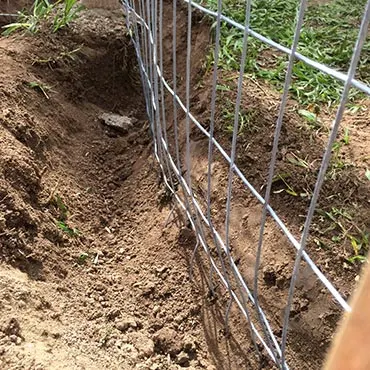
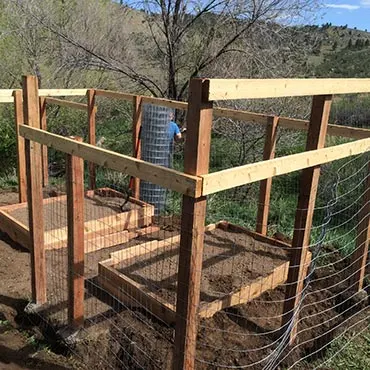
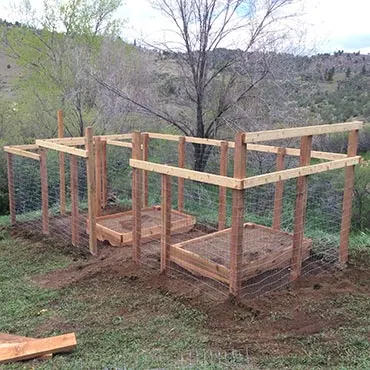
Keeping The Deer Out
They’re cute but they’ll eat all your hard work.
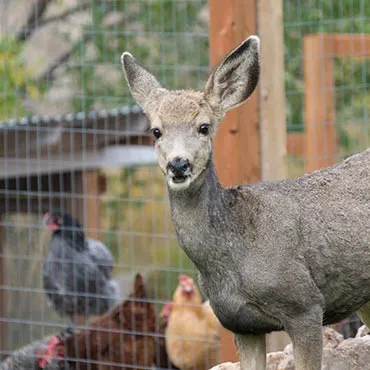
Tips on Picking a Good Garden Spot
- Select a site that gets at least 6 to 8 hour of sun per day (many warm-season vegetables thrive with even more hours of sunlight).
- Choose a place near your home for convenient tending and watering.
- If growing warm-season crops, select the warmest spot on the property (usually on the south side or near your house, which radiates heat).
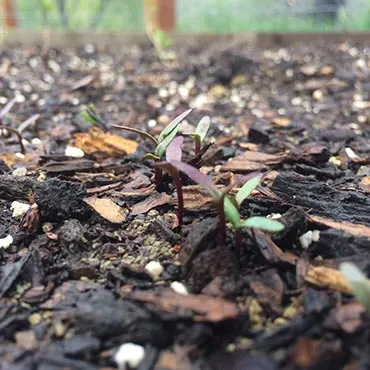
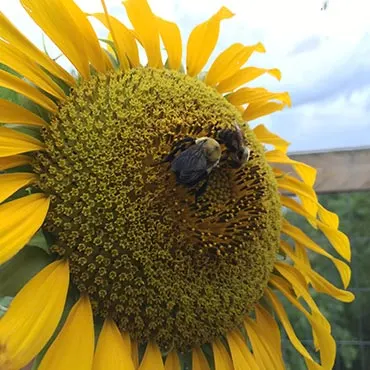
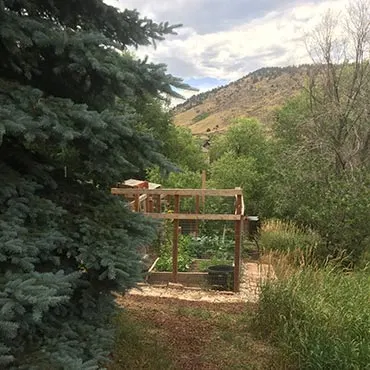
Garden Soil Preperation
Once you have your site chosen, you’ll need to get the soil ready for planting by doing the following:
- Dig up any grass or vegetation within the site.
- Till the soil to loosen it (this can be done by hand or with a machine).
- While tilling, add in organic matter or compost which will enrich the soil and provide nutrients for the vegetables. A general rule for adding compost or organic material is to incorporate 1 inch of it for every four inches of soil.
Much of Colorado has alkaline, clay soils, so it’s likely that you’ll need to amend your soil with a good deal of organic matter to both loosen it and to lower the pH. Most vegetables prefer a pH between 6.5 and 7, and organic matter is great at lowering the pH, especially over time.
Decide Between Raised Beds or an In-Ground Garden
Choosing between raised beds versus growing in-ground is largely a matter of personal preference. However, there is one major advantage to choosing raised beds when you’re dealing with Colorado weather – the soil in raised beds gets warmer sooner. This means you can start planting earlier and give your vegetables more time to reach full development. This one advantage can make all the difference if you’re in a place with a shorter than average growing season.
Another benefit of using a raised bed in Colorado is that you don’t have to contend with potentially poor, clay-filled soil. You simply fill the beds with the optimum amount of dirt and organic material from the start and enjoy loose, aerated soil without worrying about extensive tilling or amendments.
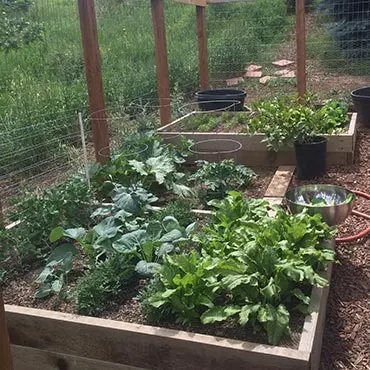
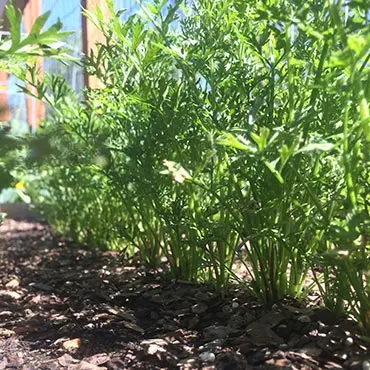
The major downside of using raised beds is that they can be expensive to both build and fill with soil. In comparison, you could theoretically clear a place in your yard and add homemade compost to it with virtually no cost.
A good compromise is to use raised beds for your warm-weather veggies and plant your cool-season crops directly in the ground, since they’re more tolerant to cold soil.
When Do I Plant My Colorado Garden?
Most vegetables grow best on frost-free soil, so one of the first things every gardener should know is the last and first frost dates for their location. In other words, on what date in the spring does frost stop showing up on the ground and on what date in the fall does it reappear. Of course, these dates are always an approximation and are different throughout the state, but in most of Colorado, the last frost date falls somewhere between May 15th and 30th and the first frost date is around September 15th but can arrive in early August for some places in higher elevations (above 7,500 feet).
For spring gardens, you can plant some types of cold hardy veggies a few weeks before the last frost date, but warm-season crops should only go outside after all danger of frost has passed. There are many online sources for finding your last and first frost date, so make sure to take note of those times when planning your garden, and read seed packets to find out when it’s safe to put a particular plant outside.

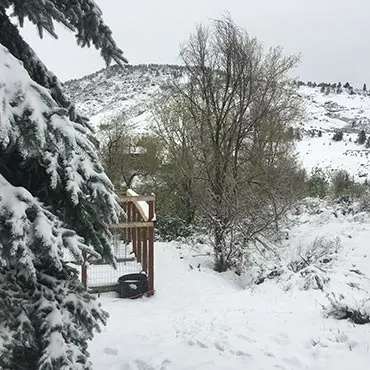
Frost-Hardy Vegetables (Good & Bad)
Here’s a quick guide to some of the most and least frost-hardy vegetables. Use it as a basic guideline when deciding when to plant what veggies:
Very Frost Hardy (good for early spring, spring, and fall gardens)
- Kale
- Lettuce
- Collards
- Spinach
- Mustard
- Turnips
- Radish
- Cabbage
- English Peas
- Broccoli
- Brussels sprouts
- Parsley
Semi-frost hardy (can handle light frosts, good for spring and fall gardens)
- Beets
- Swiss chard
- Celery
- Carrot
- Cauliflower
- Potatoes
- Lettuce
Not Frost-Hardy (require temps of 65 to 90 degrees to grow, good for high spring and summer gardens)
- Tomatoes
- Peppers
- Eggplant
- Beans
- Cucumbers
- Summer Squash
- Sweet potatoes
- Melons
- Pumpkins
- Southern Peas
- Eggplant
Plant Inside & Plant Early
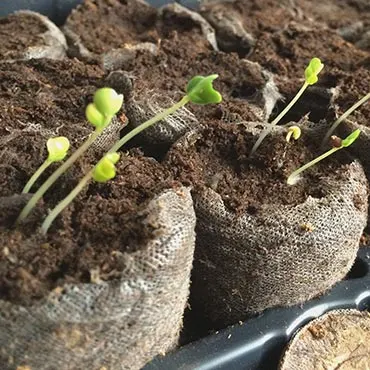
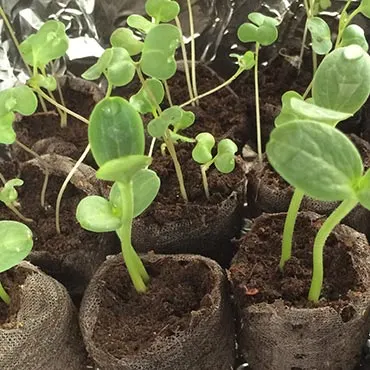
Where to Start Seeds (indoors or outdoors)
You can start some veggie seeds indoors, if you want to give your plants a bit of a head start, while others do better if sown directly in the ground or bed. The easiest way to know if you can start a seed indoors is to read the instructions that come on the seed packet. Most packets will list all the most important info you need to know for growing the plant, such where to start the seed, when to plant, how much light it needs, etc.
In Colorado, it can be a smart idea to start warm season crops indoors (about 6 to 8 weeks before the last frost) to ensure they get a long enough growing time. It’s less necessary to start seeds indoors for cold weather veggies, like greens, carrots, beets, and lettuce, and many of these plants tend to do better anyway when they aren’t transplanted. Kale, collards, mustards, and other greens are among the most tolerant to cold weather (they even taste sweeter in the cold), so you can feel comfortable sowing those directly outdoors early in the growing season.
How to Extend Your Colorado Growing Season
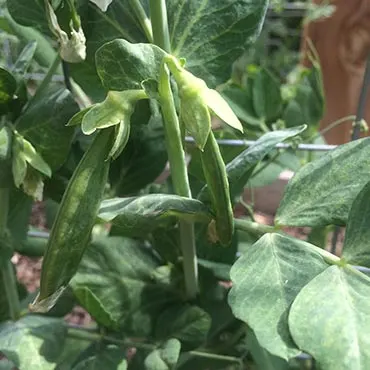
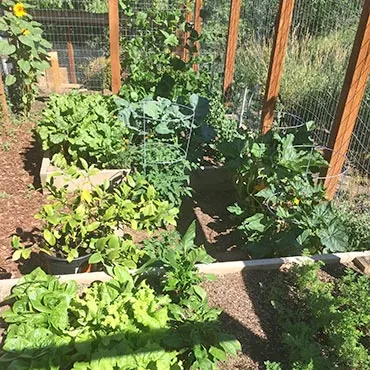
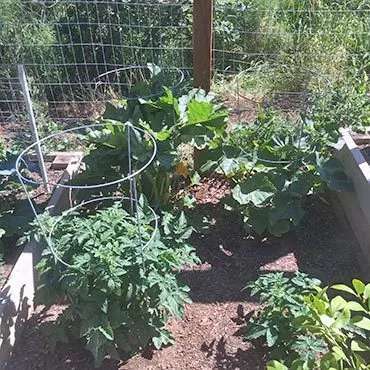
Cooler weather and late frosts in parts of Colorado can cut weeks or months off the growing season. In addition to starting some seeds indoors, you can counteract this and extend your growing season by using one or more of these tips:
- Cover the soil with black plastic and/or mulch to help keep it warm.
- Use raised beds.
- Plant frost-tolerant veggies early.
- Plant cool-weather crops as soon as soil temperatures allow.
- If there’s a chance of late frost, protect plants by covering them. Frost blankets or row covers are very convenient for this, but if you’d like to save the expense, you can also use things like milk jugs, old cartons, bags, etc.
- Use a hoop tunnel, cold frame, or green house for a convenient, long term solution. These items have higher upfront costs, but can add months to both your spring and fall growing seasons.
Final Tips for Growing Vegetables in Colorado
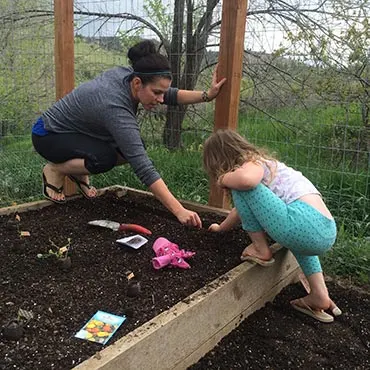
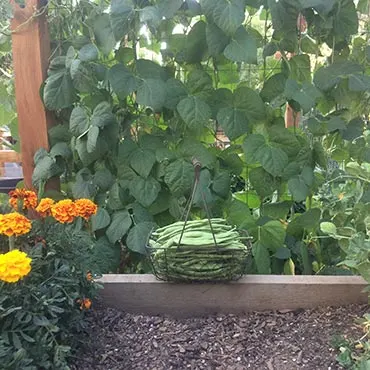
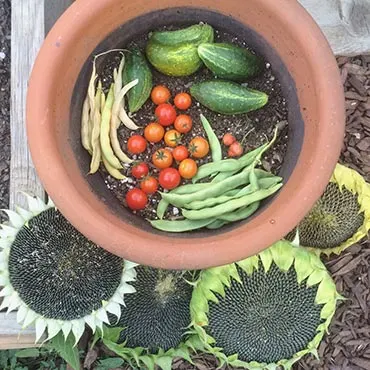
Use mulch around the plants.
Because the atmosphere is thin at high altitudes, water evaporates faster. A layer of mulch around the plants can help keep moisture in and prevent the soil from drying out as fast.
Look for quick growing varieties of plants.
The “days to harvest” info on many seed packets is tested in warmer, lower altitude conditions and may not be entirely accurate for your location. So, select seeds types with the fewest days to harvest.
Look for varieties described as “cold-tolerant”.
Check seed packets for characteristics like “cold tolerant,” “reliable in cool weather,” “productive,” or “vigorous.” These should have the greatest chance of surviving any unseasonable cold-spells and should reach maturity within the growing season.
In general, mountain gardens will have the best luck with cool season crops and may even have a harvest that surpasses gardens at lower elevations. Successful gardening is largely about embracing what is known to grow well in your area and not trying to force plants that are more suited to different environments.
Pin this!
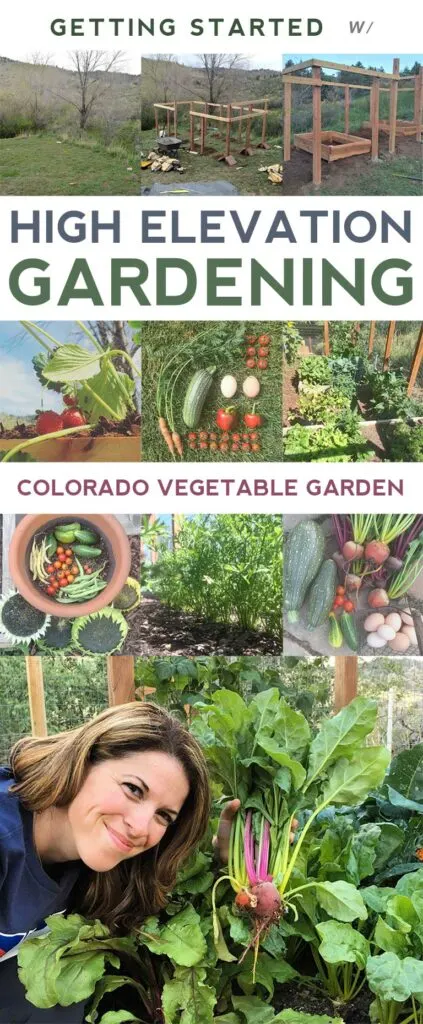
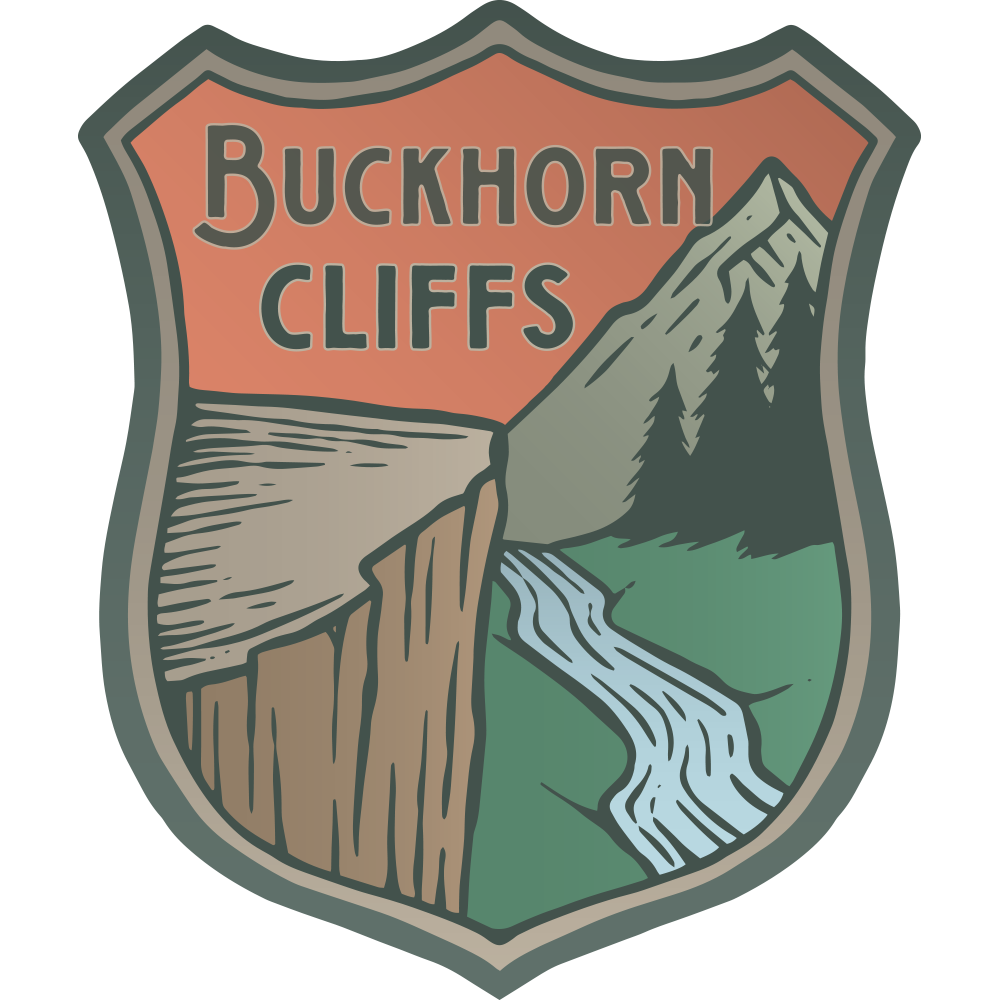
Alisha Doma
Sunday 18th of December 2022
Cool article! Some plants may be more resistant to pests and diseases at high elevations due to the cooler temperatures and drier air, fewer pests make healthier plants
Taunya
Wednesday 5th of January 2022
So glad I found your post. I’m in Fountain 6A. It didn’t occur to me that I can’t just look at the zone but also the altitude. It gets pretty hot here. I find it very difficult as a new gardener to pick what’s right for my area
Alysa
Friday 5th of November 2021
Would love to learn more if you are willing! I live in Brighton, Co (Zone 5b). Where do you buy your seeds and what species do you buy? I’m a beginner and have previously killed everything green in my life. I’m wanting to finally start gardening and want to learn everything!
Kendra
Thursday 11th of November 2021
Hi Alysa. My favorite paces to purchase seeds are Bakers Creek Heirloom (lots of rare & heirloom varieties) and Seeds Trust (which has seeds meant for growing in our zones here in Colorado). Seeds Trust has a lot of helpful info to get you going with what works in your area. With Bakers Creek, I usually just get what seems easy and fun :) Good luck!!